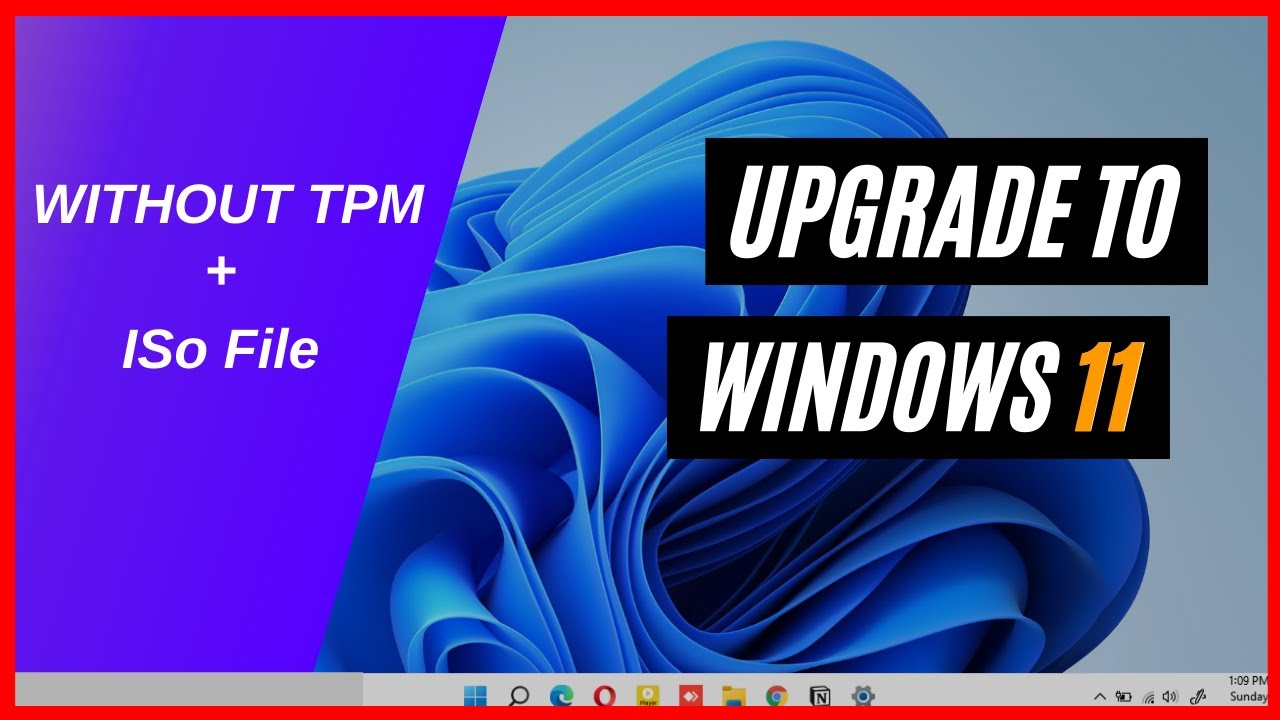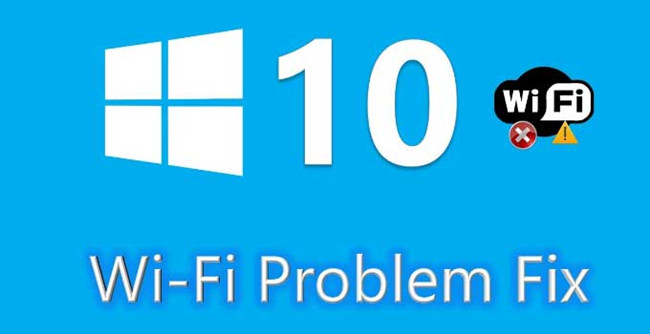The Windows Firewall is one of those behind-the-scenes heroes on your computer. It keeps out intruders, blocks shady connections, and basically makes sure your system isn’t wide open to the world. But every now and then, it can be a little too good at its job. You might notice an app just won’t connect, or a game refuses to join a lobby. Chances are, it’s the firewall playing gatekeeper. That’s why knowing how to let the right apps through is such a handy skill.
Why You Might Need to Allow Apps Through
There are plenty of situations where you’ll need to do this:
- Software Connectivity: Tools like Zoom, Google Drive, or even your email client sometimes get caught in the firewall’s net.
- Gaming: Multiplayer titles are particularly touchy. They often need specific ports or full access to connect properly.
- File Sharing: Streaming a movie to your TV or accessing shared folders on your network? Yeah, the firewall might block that too.
- Troubleshooting: When something isn’t working and you’re scratching your head, the firewall should be one of the first places you check.
- New Installs: Freshly installed apps might not automatically get a pass. That means you’ll need to manually greenlight them.
Understanding Firewall Profiles
Windows doesn’t treat all networks the same. It uses profiles to manage what gets through:
- Private Network: Think home or small office networks. These are relatively open, and you can share files and devices easily.
- Public Network: This is for coffee shops, airports, or anywhere you don’t fully trust the Wi-Fi. Very locked down.
- Domain Network: If you’re in a corporate setting, IT controls this. Best to leave it alone unless you know what you’re doing.
If you’re at home and things aren’t working, make sure your network profile isn’t mistakenly set to Public.
Method 1: Letting Apps Through via “Allow an App Through Windows Firewall” (Recommended)
This is the more user-friendly way, and honestly, it works for most situations.
- Open Windows Security: Click Start, type “Windows Security,” and hit Enter. Or, right-click the shield icon in the system tray.
- Go to Firewall & Network Protection: You’ll see this on the left-hand side.
- Choose “Allow an app through firewall”: It might also be labeled “Allow an app through Controlled folder access.”
- Click “Change Settings”: You’ll likely need admin privileges here. Click “Yes” if prompted.
- Find the App: Scroll through. If it’s there, tick “Private” and/or “Public” depending on where you use it. For home networks, “Private” is usually enough.
- Add it Manually (if it’s missing):
- Click “Allow another app…”
- Hit “Browse…” and find the .exe file (typically under C:\Program Files or C:\Program Files (x86)).
- Select it, click “Open,” then “Add.”
- Don’t forget to tick the correct network boxes.
- Click OK: And that’s it.
Method 2: Creating a Rule in Advanced Settings (For More Control)
If you need to open a specific port or set up something really custom, this is the route to take.
- Open Advanced Firewall Settings: Start > Type “Windows Defender Firewall with Advanced Security” > Enter.
- Pick Inbound or Outbound Rules: Most apps need inbound access.
- Click “New Rule…”
- Select Rule Type: Choose “Program” or “Port,” depending on what you’re after.
- Specify Program or Port:
- Program: Browse for the .exe.
- Port: Choose TCP or UDP, enter the port numbers (e.g., 443, 8080).
- Set the Action: Select “Allow the connection.”
- Pick Profiles: Usually, just check “Private.”
- Name the Rule: Something like “GameName – Inbound Access” helps for later reference.
Troubleshooting Tips
- Check Your Network Profile: If it’s set to Public at home, apps may get blocked unnecessarily.
- Temporarily Disable Firewall (Caution!): Only do this in a secure, controlled environment. Turn it back on immediately after testing.
- Look for Conflicting Rules: Sometimes an old “Block” rule is overriding your new “Allow” one.
- Third-Party Firewalls: If you have antivirus software, check its settings too. It may be managing network access separately.
- Restart Things: Changes sometimes don’t take until you reboot the app or your PC.
A Quick Personal Story
I once spent nearly an hour trying to join a multiplayer game with friends. Everything looked fine—no error messages, nothing crashing—just no connection. I tried reinstalling, even rebooted the router. Eventually, a friend said, “Hey, check your firewall.” And sure enough, Windows had blocked the game’s .exe. I allowed it through, checked both “Private” and “Public,” and bam—I was in. Total facepalm moment, but a good reminder to always start with the firewall when something seems inexplicably broken.
Final Thoughts
Letting apps through Windows Firewall might sound technical, but it’s actually quite doable. Whether you stick with the beginner-friendly interface or dive into the advanced rules, the goal is the same: make sure your trusted apps can talk to the internet without compromising your security. Just take your time, double-check which networks you’re connected to, and you’ll be fine.





